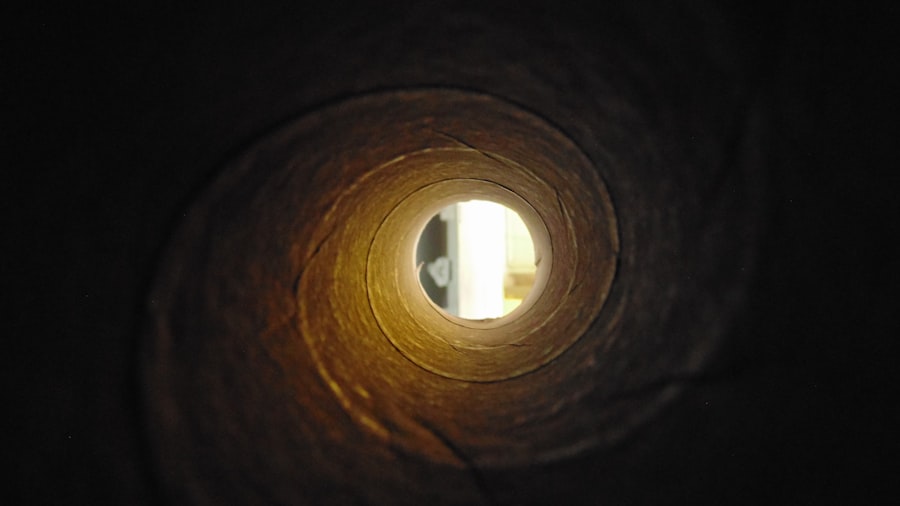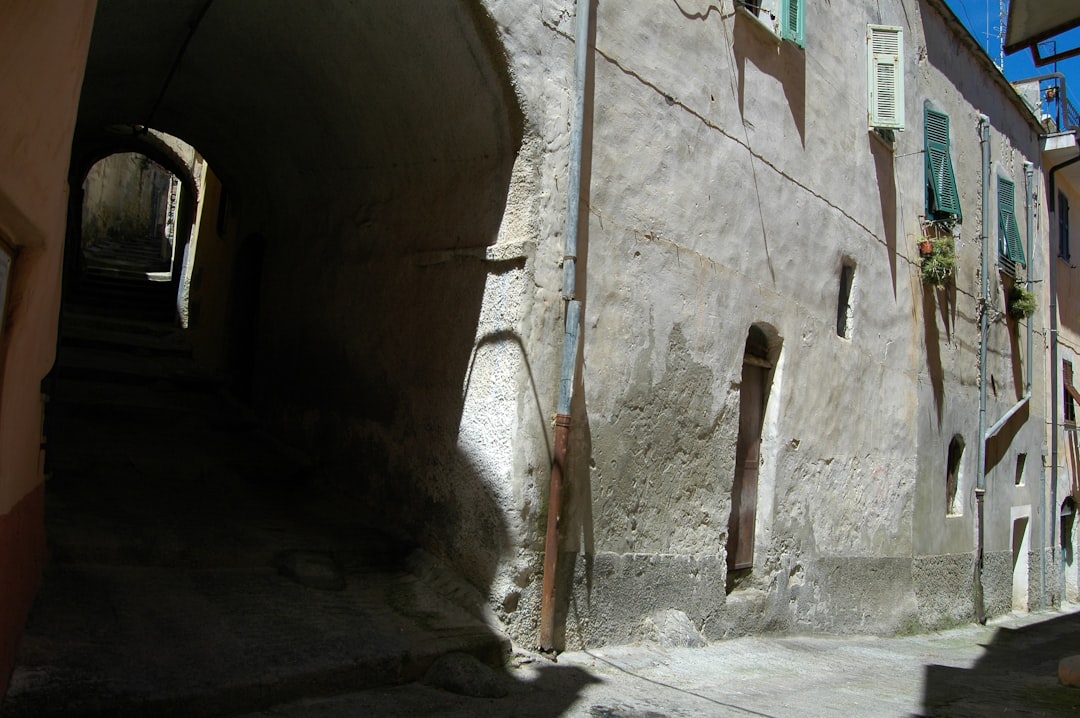The Drake Passage, a body of water that separates South America from Antarctica, is renowned for its tumultuous seas and unpredictable weather. Named after the English explorer Sir Francis Drake, who navigated these waters in the late 16th century, the passage has become a focal point for maritime navigation and scientific research. Stretching approximately 800 kilometers (500 miles) from Cape Horn to the Antarctic Peninsula, it serves as a critical conduit for ocean currents and marine life.
The Drake Passage is not merely a geographical feature; it embodies the spirit of exploration and the challenges posed by nature. For centuries, the Drake Passage has captured the imagination of adventurers and scientists alike. Its reputation for fierce storms and towering waves has made it both a feared and respected route for seafarers.
The passage is often described as one of the most treacherous waterways in the world, where the convergence of the Atlantic and Pacific Oceans creates a unique and volatile marine environment. Understanding the complexities of the Drake Passage is essential for anyone interested in maritime history, oceanography, or environmental science.
Key Takeaways
- The Drake Passage is a body of water between South America’s Cape Horn and the South Shetland Islands of Antarctica, known for its challenging sailing conditions.
- The Drake Passage is significant because it is the narrowest stretch of ocean between Antarctica and any other landmass, allowing the Antarctic Circumpolar Current to flow freely around the continent.
- The weather patterns in the Drake Passage are characterized by strong winds and rough seas, making it one of the most treacherous waterways in the world.
- The Antarctic Circumpolar Current has a significant impact on the Drake Passage, influencing its weather patterns and contributing to its reputation for rough seas.
- The Drake Passage has a rich historical significance as a route for exploration, with many famous expeditions and discoveries associated with its challenging waters.
The geographical significance of the Drake Passage
Geographically, the Drake Passage plays a pivotal role in connecting the Atlantic and Pacific Oceans. This narrow stretch of water is not only a vital shipping route but also a significant area for oceanographic studies. The passage’s location allows for the mixing of different oceanic waters, which influences global climate patterns and marine biodiversity.
The unique geography of the Drake Passage contributes to its status as a critical area for understanding ocean currents and their effects on climate. The passage also serves as a natural barrier that separates the temperate climates of South America from the frigid conditions of Antarctica. This geographical distinction has profound implications for both weather patterns and marine ecosystems.
The cold waters of the Southern Ocean are rich in nutrients, supporting diverse marine life that thrives in these challenging conditions. As such, the Drake Passage is not only a geographical landmark but also a crucial component of Earth’s ecological balance.
The weather patterns and rough seas of the Drake Passage

The weather patterns in the Drake Passage are notoriously unpredictable, characterized by rapid changes that can occur within hours. The convergence of warm and cold ocean currents creates an environment where storms can develop suddenly, leading to rough seas that challenge even the most experienced sailors. Winds can reach speeds of over 60 knots, and waves can rise to heights of 30 feet or more, making navigation through this passage a daunting task.
The rough seas of the Drake Passage have earned it a reputation as one of the most dangerous maritime routes in the world. Sailors often recount tales of harrowing experiences while traversing these waters, where conditions can shift from calm to chaotic in an instant. This unpredictability not only poses risks to vessels but also affects marine life, as many species must adapt to survive in such volatile conditions.
Understanding these weather patterns is crucial for anyone attempting to navigate the passage, as they can significantly impact travel plans and safety.
The impact of the Antarctic Circumpolar Current on the Drake Passage
| Metrics | Findings |
|---|---|
| Current Speed | Up to 2 meters per second |
| Water Temperature | Between -2 to 10 degrees Celsius |
| Impact on Climate | Regulates global climate by redistributing heat and carbon |
| Marine Life | Supports diverse marine ecosystems and biodiversity |
One of the most significant features of the Drake Passage is its role in facilitating the Antarctic Circumpolar Current (ACC), which is the world’s largest ocean current. This current flows continuously around Antarctica, driven by strong westerly winds and influenced by the geography of the surrounding landmasses.
The impact of the ACC on the Drake Passage is profound. It helps to maintain the cold temperatures of the Southern Ocean while also influencing weather patterns far beyond its immediate vicinity. The current’s movement affects marine ecosystems, as it transports nutrients that support diverse marine life, including krill, fish, and various species of whales.
Understanding the dynamics of the ACC is essential for scientists studying climate change and its effects on oceanic systems.
The historical significance of the Drake Passage for exploration
Historically, the Drake Passage has been a significant route for explorers seeking to navigate between continents. Sir Francis Drake’s expedition in 1578 marked one of the first recorded crossings, paving the way for future explorers and traders. The passage became a vital link for maritime trade routes during the Age of Exploration, allowing ships to access new territories and resources.
The challenges posed by the Drake Passage have also contributed to its historical significance. Many explorers faced perilous conditions while attempting to navigate these waters, leading to numerous shipwrecks and tales of survival. The passage has become synonymous with adventure and discovery, representing humanity’s enduring quest to explore uncharted territories.
Today, it remains a symbol of exploration, drawing adventurers and researchers eager to experience its rugged beauty.
The challenges of navigating the Drake Passage

Navigating the Drake Passage presents numerous challenges that require skill, experience, and preparation. The unpredictable weather patterns can create hazardous conditions that catch even seasoned sailors off guard. Strong currents, shifting winds, and sudden storms can make navigation treacherous, necessitating constant vigilance and adaptability.
In addition to natural challenges, vessels must also contend with logistical issues when crossing the passage. The remoteness of this region means that access to resources such as fuel and supplies is limited. Mariners must plan their journeys meticulously, taking into account potential delays caused by adverse weather or mechanical issues.
Despite these challenges, many adventurers are drawn to the thrill of crossing the Drake Passage, viewing it as a rite of passage that tests their mettle against nature’s forces.
The wildlife and ecosystems of the Drake Passage
The Drake Passage is home to a rich diversity of wildlife and ecosystems that thrive in its cold waters. The nutrient-rich environment supports an array of marine life, including krill, which serves as a crucial food source for larger species such as seals, penguins, and whales. The passage is particularly famous for its populations of humpback whales, orcas, and various species of seabirds that flock to these waters during migration seasons.
The unique ecosystems found within the Drake Passage are not only vital for marine life but also play an essential role in global biodiversity. Researchers study these ecosystems to understand how they function and how they may be affected by climate change and human activity.
The role of the Drake Passage in climate change research
The Drake Passage serves as a critical site for climate change research due to its unique position at the intersection of major ocean currents. Scientists study this region to gain insights into how climate change is affecting ocean temperatures, salinity levels, and marine ecosystems. The passage’s cold waters are particularly sensitive to changes in global temperatures, making it an important area for monitoring environmental shifts.
Research conducted in the Drake Passage has revealed significant changes in marine life patterns and ocean chemistry over recent decades. As temperatures rise and ice melts in Antarctica, scientists are concerned about how these changes will impact global sea levels and weather patterns. By studying this vital region, researchers hope to better understand the broader implications of climate change on our planet’s oceans.
The future of the Drake Passage and its environmental conservation
As awareness of climate change grows, so too does concern for the future of the Drake Passage and its surrounding ecosystems. Environmental conservation efforts are increasingly focused on protecting this fragile region from human impact, including overfishing and pollution. Organizations dedicated to marine conservation are working to establish protected areas within the passage to safeguard its unique biodiversity.
The future of the Drake Passage hinges on collaborative efforts between governments, scientists, and conservationists to ensure sustainable practices are implemented in this vital region. By prioritizing environmental protection and responsible resource management, stakeholders can help preserve the ecological integrity of the passage for generations to come.
Tips for travelers crossing the Drake Passage
For those adventurous enough to cross the Drake Passage, preparation is key to ensuring a safe and enjoyable journey. Travelers should be aware of potential weather conditions and pack accordingly with layers of clothing suitable for cold temperatures and wet environments. It is also advisable to bring seasickness medication, as many passengers experience motion sickness due to rough seas.
Choosing a reputable tour operator with experience navigating these waters can significantly enhance the travel experience. Knowledgeable guides can provide valuable insights into the history, wildlife, and geology of the region while ensuring safety during crossings. Travelers should also take time to appreciate the breathtaking scenery that surrounds them—rugged coastlines, towering icebergs, and diverse wildlife make this journey truly unforgettable.
The importance of understanding the roughness of the Drake Passage
Understanding the complexities and challenges posed by the Drake Passage is essential for anyone interested in maritime navigation or environmental science. This remarkable body of water serves as a critical link between two oceans while playing a significant role in global climate patterns and marine biodiversity. Its historical significance as a route for exploration adds another layer to its importance in human history.
As climate change continues to impact our planet’s oceans, studying regions like the Drake Passage becomes increasingly vital for understanding broader environmental trends. By appreciating both its beauty and its challenges, individuals can foster a deeper connection with this extraordinary part of our world—one that embodies both adventure and scientific inquiry.
The Drake Passage is notorious for its rough seas, a phenomenon that can be attributed to its unique geographical and meteorological conditions. This narrow body of water between the southern tip of South America and Antarctica is where the Atlantic, Pacific, and Southern Oceans converge, creating a powerful current known as the Antarctic Circumpolar Current. This current, combined with the lack of significant landmasses to break the wind and waves, results in some of the most turbulent waters on the planet. For a deeper understanding of the factors contributing to the Drake Passage’s notorious conditions, you can explore a related article on the topic by visiting this page.
WATCH HERE: Drake Passage: Earth’s Deadliest Waters Revealed
FAQs
What is the Drake Passage?
The Drake Passage is the body of water between the southern tip of South America and the northern tip of the Antarctic Peninsula. It connects the southwestern part of the Atlantic Ocean with the southeastern part of the Pacific Ocean.
Why is the Drake Passage so rough?
The Drake Passage is known for its rough seas and challenging sailing conditions due to the lack of any significant landmass to disrupt the strong westerly winds and currents that circle the Antarctic continent. These winds and currents can create large waves and rough seas, making the passage notorious for its turbulent waters.
What causes the strong winds and currents in the Drake Passage?
The strong winds and currents in the Drake Passage are primarily caused by the Antarctic Circumpolar Current, which flows from west to east around Antarctica. This current is the largest and most powerful ocean current in the world, and it funnels through the relatively narrow Drake Passage, intensifying the winds and waves in the area.
Are there any other factors that contribute to the rough conditions in the Drake Passage?
In addition to the Antarctic Circumpolar Current, the lack of any landmass to interrupt the flow of winds and currents also contributes to the rough conditions in the Drake Passage. The passage is relatively narrow, which can further amplify the effects of the strong westerly winds and currents, leading to rough seas and challenging sailing conditions.
What are the implications of the rough conditions in the Drake Passage?
The rough conditions in the Drake Passage can make it a challenging and potentially dangerous route for ships and vessels to navigate. It is known for its unpredictable weather and rough seas, which can pose risks to both commercial and recreational vessels attempting to cross the passage. Additionally, the rough conditions can also impact wildlife and research activities in the region.
